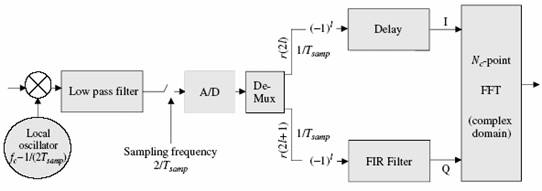crenyen
Member level 4
analog iq
I had learned from many WiMAX Chip set providers that digital IQ is widely used in mordern WiMAX PHY design. But I am rather confused.
Can anyone tell me the technologies?
1. digital IQ
2. digital IF
3.analog IQ
4.analog IF
Are there any web site or articles related to those items?
I had learned from many WiMAX Chip set providers that digital IQ is widely used in mordern WiMAX PHY design. But I am rather confused.
Can anyone tell me the technologies?
1. digital IQ
2. digital IF
3.analog IQ
4.analog IF
Are there any web site or articles related to those items?
